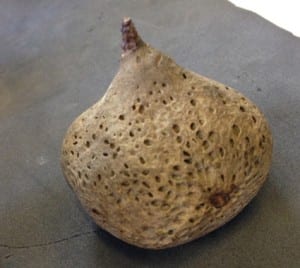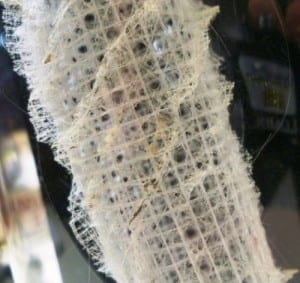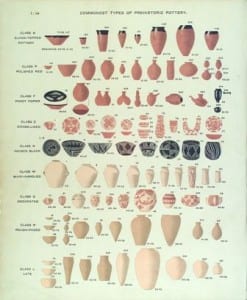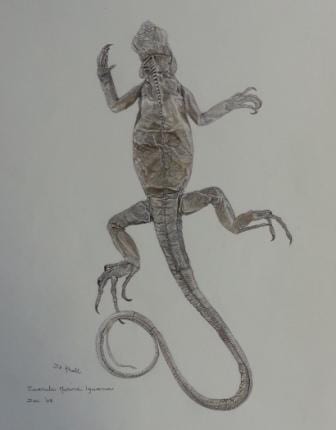New Grant Museum exhibition ‘Agonism/Antagonism’ is open
By Tannis Davidson, on 21 September 2018
The Grant Museum is delighted to announce the opening of Agonism/Antagonism, a new exhibition exploring evolution and genetics through the stunning artworks of multidisciplinary artist Neus Torres Tamarit and computer scientist Ben Murray – the art and science duo known as Phenotypica.
The exhibition is the result of Neus’ residency with the Max Reuter laboratory at UCL Department of Genetics, Evolution & Environment, where she has been immersed in the research, techniques and tools used to study the genetic evolution of the fruit fly Drosophila melanogaster.
Dr. Max Reuter and his team use fruit flies to conduct research into the evolution of sexual dimorphism. In sexually reproducing species, the genetic needs of the two genders are often in direct conflict; a phenomenon known as sexual antagonism. The tension between the genders is eventually broken by mutations that decouple the traits in males and females, resulting in new differences (dimorphisms) between them.
Reflecting the aesthetic environment of the laboratory and exploring the uneasy alliance that exists between males and females of a species, Agonism/Antagonism is the intersection between art, science and technology. Artworks include bioplastic sculptures which float among the skeletons, digital art and projections, animated explorations of genetic antagonism in virtual reality and CT scans of fruit flies.
Neus and Ben are interested in how artworks about genetics interact with the subject and with the audience, and how accurately such artworks present their scientific concepts. The aim of their work is to remove the boundaries that often separate science from the rest of human activity and reveal the creativity and beauty in scientific research and discovery.
Agonism/Antagonism runs until 22nd December 2018. Full details on the exhibition’s website.
The Grant Museum of Zoology is open from 1–5pm Monday to Saturday. Admission is free and there is no need to book.
Tannis Davidson is the Curator of the Grant Museum of Zoology
 Close
Close










